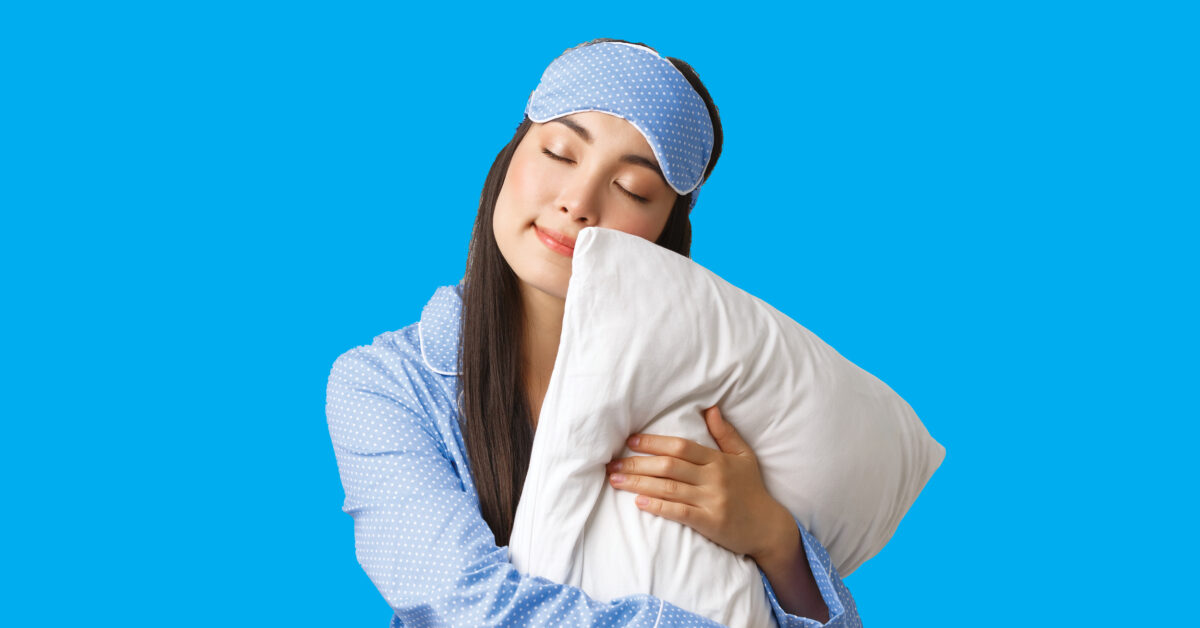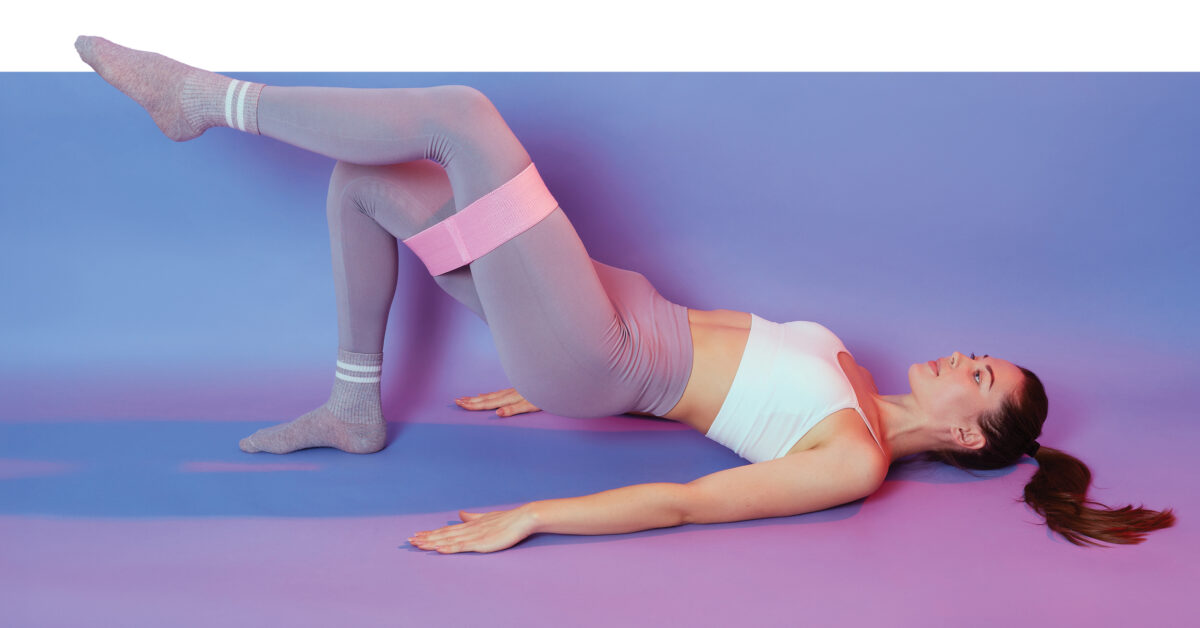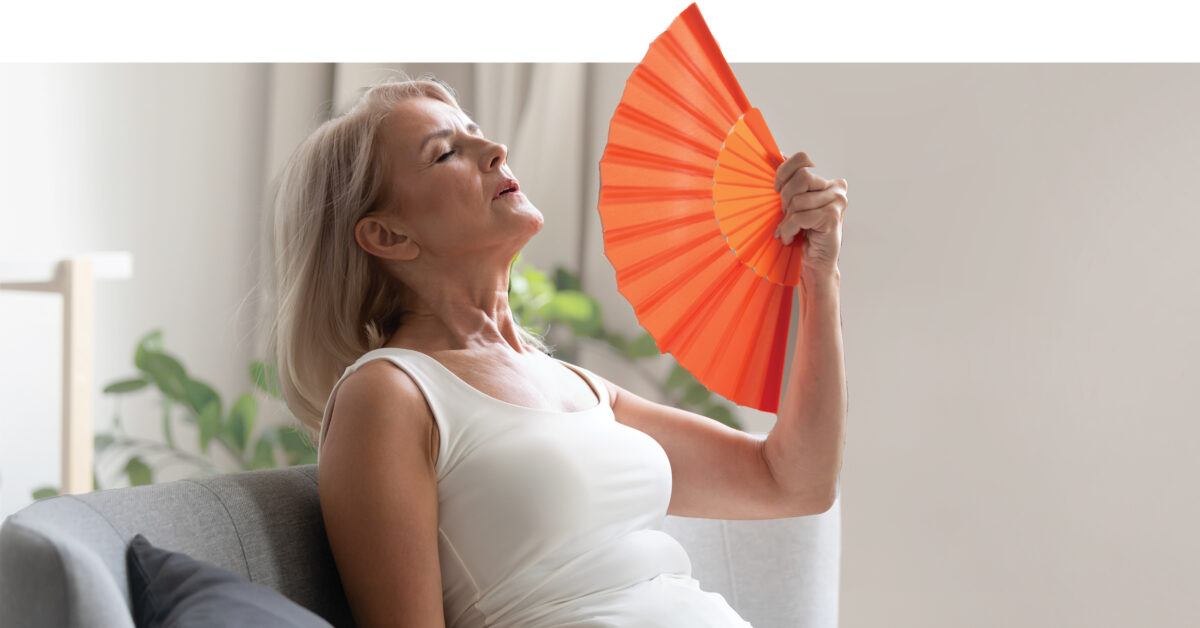
‘It’s Not a Job but a Way of Life’: Home Instead’s Elmer Johnson Wins Caregiver of the Year
August 2024
Style On The Go: A Boutique with a Side of Nostalgia
August 2024by Kristy Como Armand
Your hips are at the center of your life. Not only are they located in the middle of your body, but you also count on them to hold you steady and give you the range of motion you need to keep up with the demands of a busy, active lifestyle.
The hip is the largest weight-bearing joint in the body, supporting three times the body’s weight with each step. According to orthopaedic surgeon Michael Garitty, MD, with the Center for Orthopaedics, hip pain is becoming more common as active baby boomers get older and their hips start to show signs of wear and tear. “We are seeing more and more patients with hip pain complaints as active older adults, who are wanting to maintain their level of activity as they age, experience more pain and stiffness that limits their activity.”
Being inactive can also lead to hip problems. “Inactivity can weaken the hip muscles and also increase the risk of osteoporosis,” Dr. Garitty explains.
Hip pain can have many causes, ranging from arthritis or bursitis to strained muscles or tendonitis. Dr Garitty says, “Not all of these are serious, and there are steps you can take to minimize pain and keep the muscles and joints of the bone strong.”
Dr. Garitty offers these suggestions for moving past hip pain:
Over-the-counter pain relief. Non-prescription NSAIDs (Non-Steroidal Anti-Inflammatory Drugs) can reduce pain and swelling in the hip.
Use ice. Ice is the first line of defense against hip pain. Never put ice directly on the skin. Use a towel between the ice pack and your skin. For the hip joint you’ll need an ice pack that has a wide surface area. Apply the ice at the site of pain for 15 – 20 minutes and as often as every one to two hours.
Use heat. Heat can relax tight, stiff muscles and improve circulation after an injury. However, do not use heat during the first 48 hours after an injury occurs. After that, you can alternate heat and ice applications. Heat can be applied with a heating pad or a hot towel.
Use support. When you try to avoid bearing weight on your sore hip, you can easily strain muscles and tendons in other areas, so don’t hesitate to use a cane or walker for support and stability. Your doctor or a medical supply store can help you properly measure a cane or walker.
Adjust your movements. You may need to adjust how you move to minimize strain to your hip. For example, when getting out of a car, lift and swing both legs out of the door before standing, and stand with both legs at the same time.
Gentle exercise. Water aerobics and yoga are great exercises that will keep your hips limber. Water takes the weight off your hips and allows you to do more without pain, and yoga can enhance flexibility.
Lose weight. Getting rid of excess body weight can relieve strain on your hips. As you get older, it becomes more difficult for your muscles to bear the weight. As a result, your joints bear more and more load, and the lining can become damaged. Research shows that for every pound you lose, you take two to three pounds of pressure off your hips.
Dr. Garitty says if pain persists, or worsens, you should contact an orthopaedic specialist for further evaluation to determine the exact cause of your pain and an appropriate treatment recommendation. “In many cases, pain in the hip joint does not come from a hip problem, but from another area, such as your back. In addition, while we have many non-surgical treatment options to offer, certain hip problems can be very effectively treated with surgery, including minimally invasive robotic surgery. There have been many advances in surgical techniques for hip surgery and hip joint replacement in recent years that dramatically reduce recovery time and provide long-lasting results.”
For more information about hip pain or any musculoskeletal problem, call the Center for Orthopaedics at 721-7236 or visit CenterForOrtho.com.






